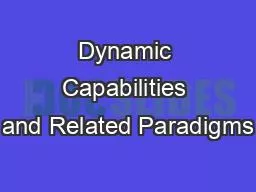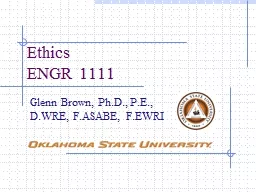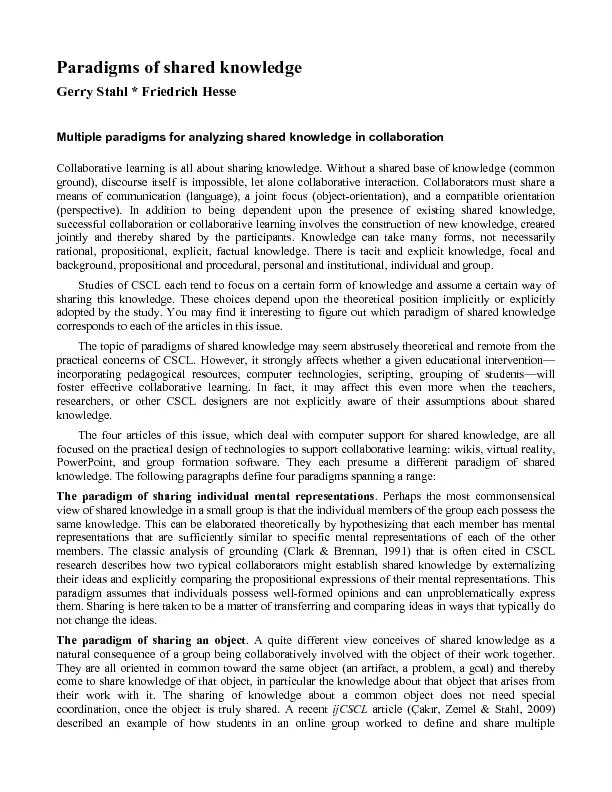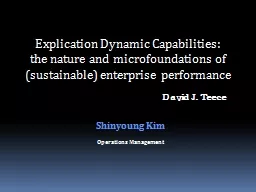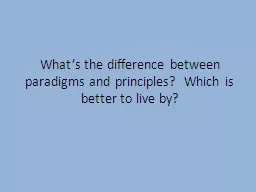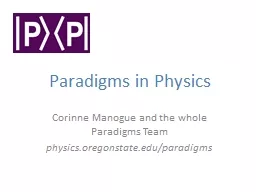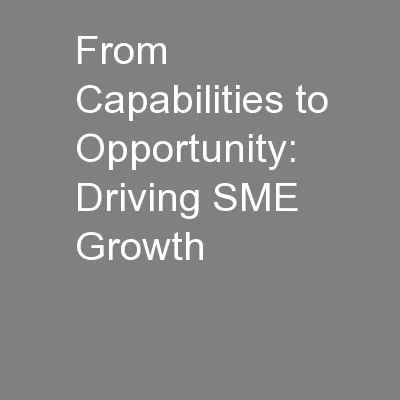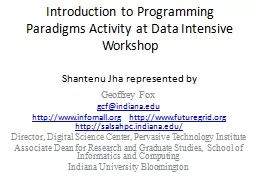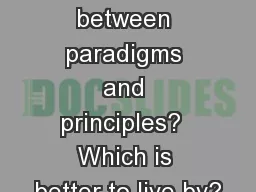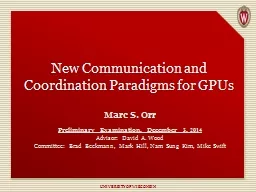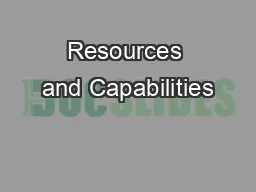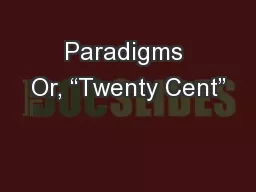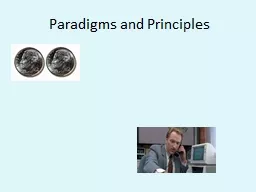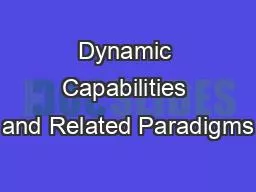PPT-Dynamic Capabilities and Related Paradigms
Author : dsuser1 | Published Date : 2020-08-27
David J Teece Tusher Center for Intellectual Capital Management Haas School of Business University of California Berkeley 2 December 2015 ANZAM 29 th Annual Conference
Presentation Embed Code
Download Presentation
Download Presentation The PPT/PDF document "Dynamic Capabilities and Related Paradig..." is the property of its rightful owner. Permission is granted to download and print the materials on this website for personal, non-commercial use only, and to display it on your personal computer provided you do not modify the materials and that you retain all copyright notices contained in the materials. By downloading content from our website, you accept the terms of this agreement.
Dynamic Capabilities and Related Paradigms: Transcript
Download Rules Of Document
"Dynamic Capabilities and Related Paradigms"The content belongs to its owner. You may download and print it for personal use, without modification, and keep all copyright notices. By downloading, you agree to these terms.
Related Documents

